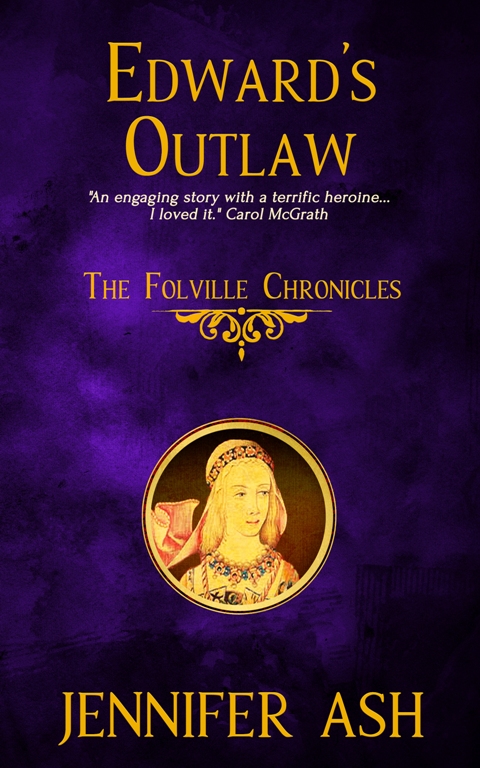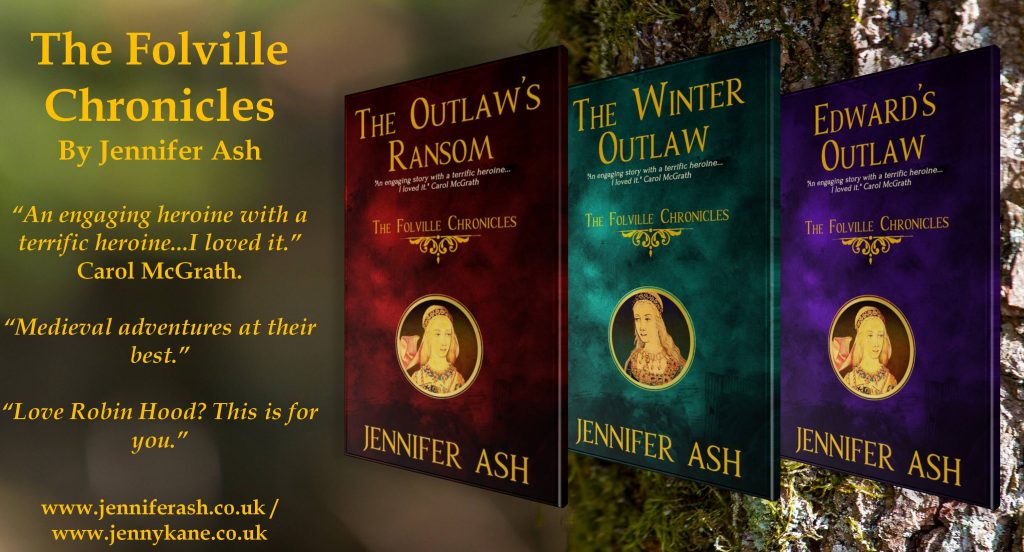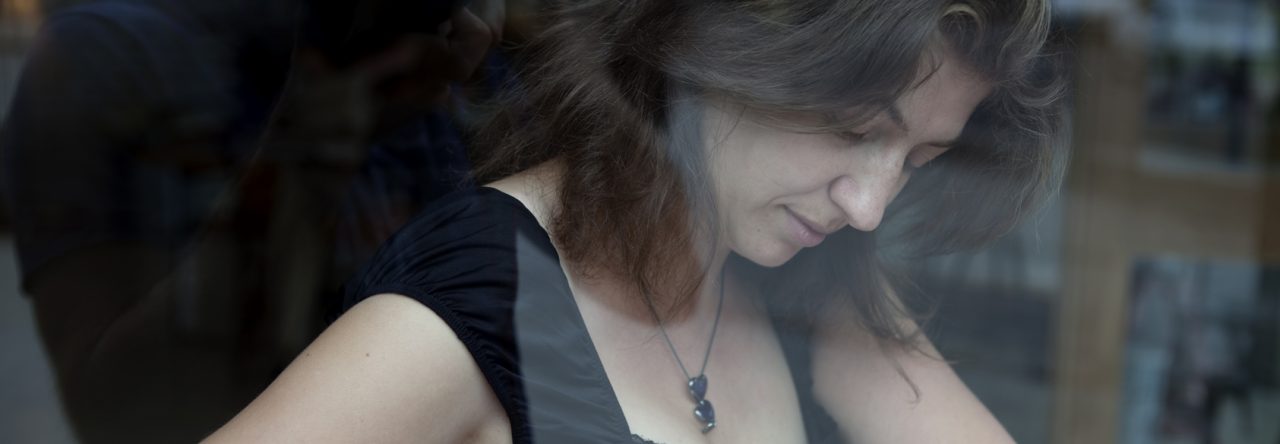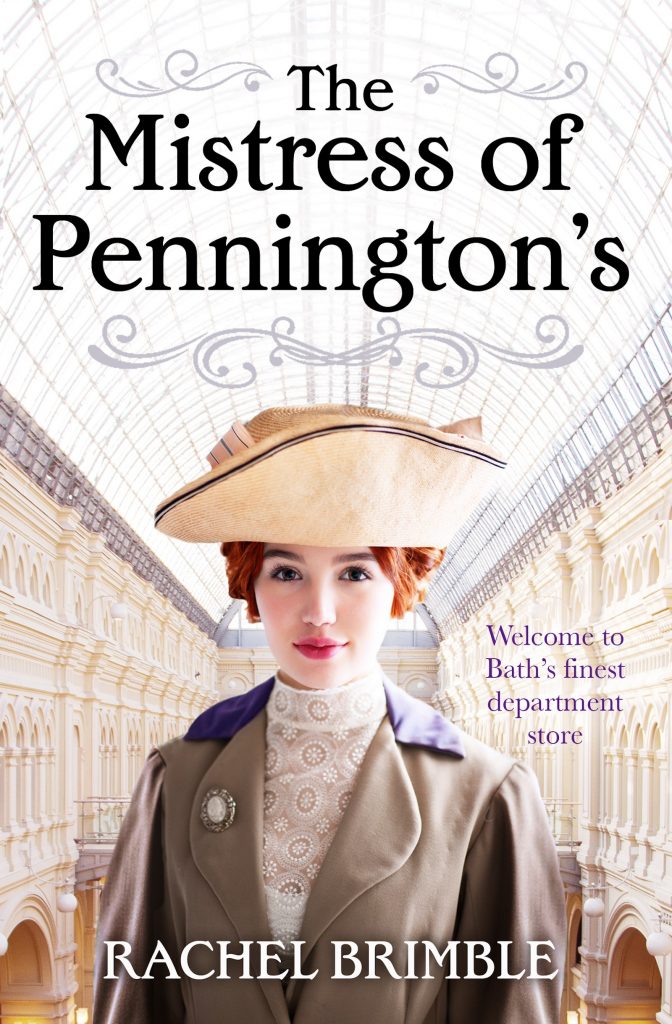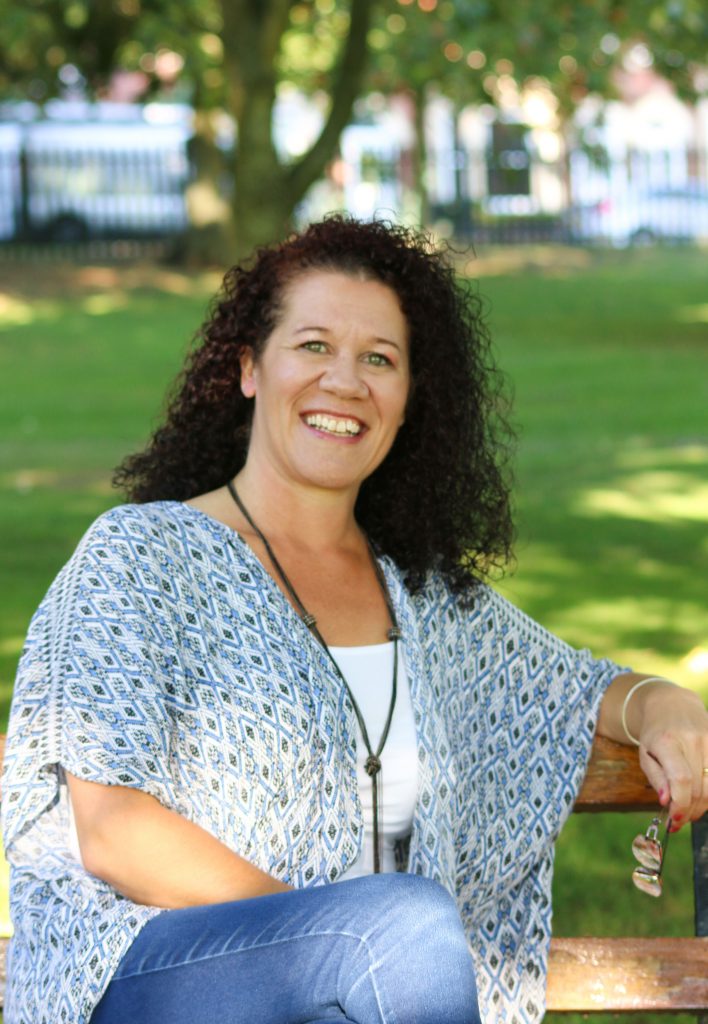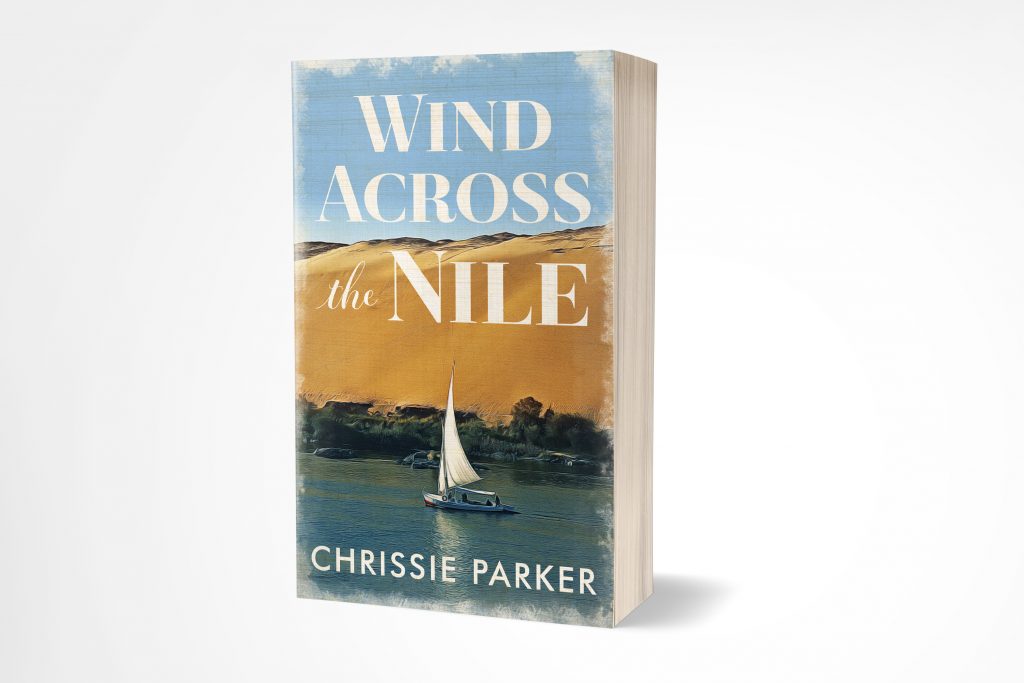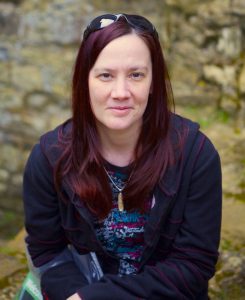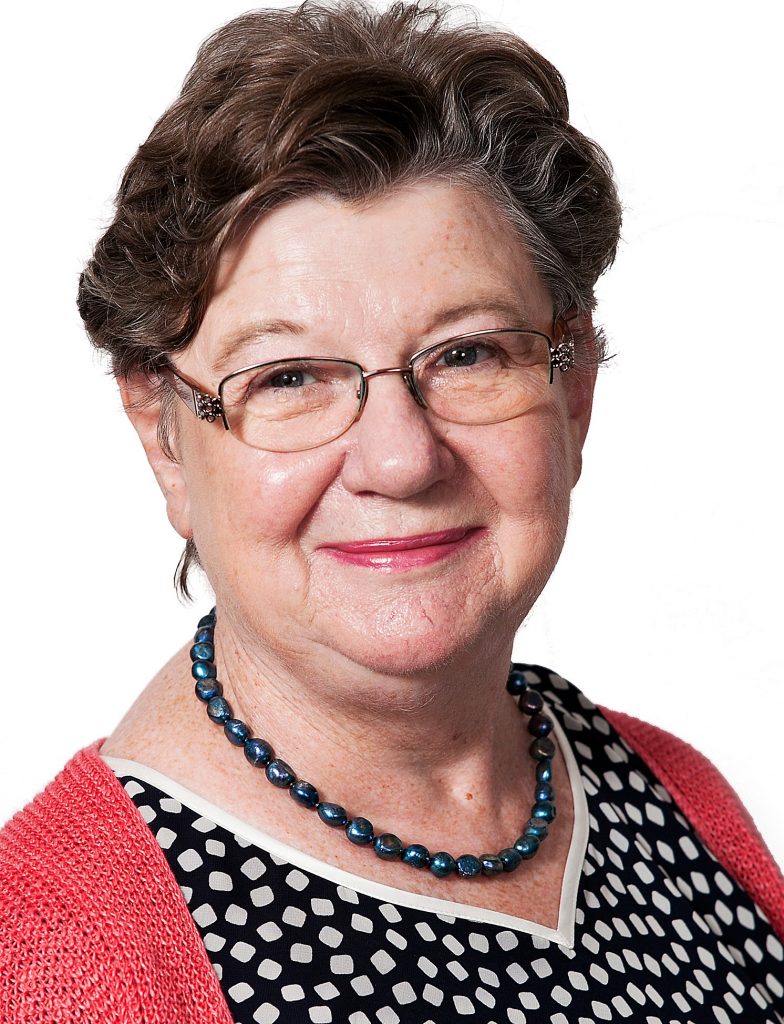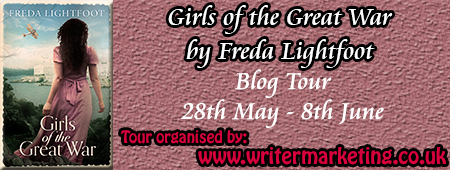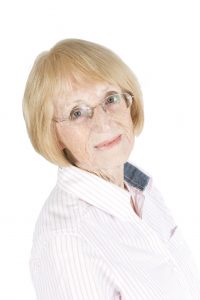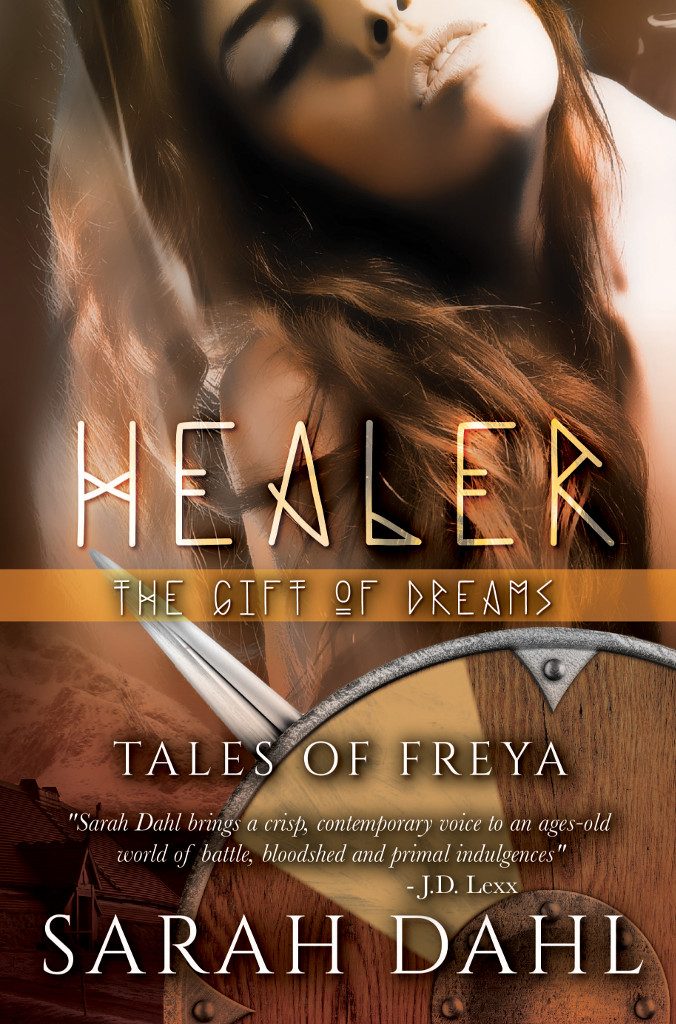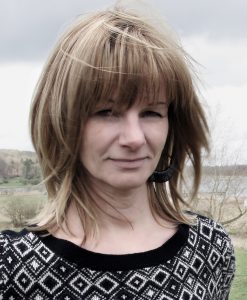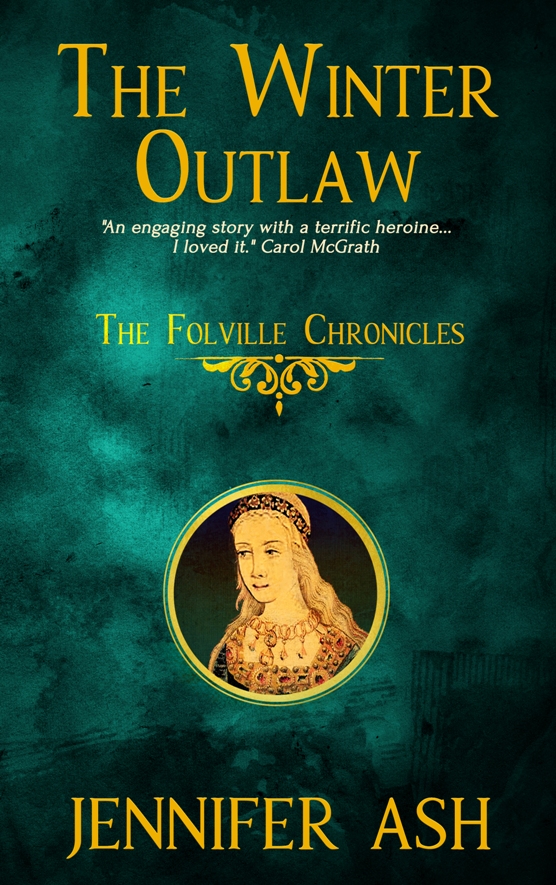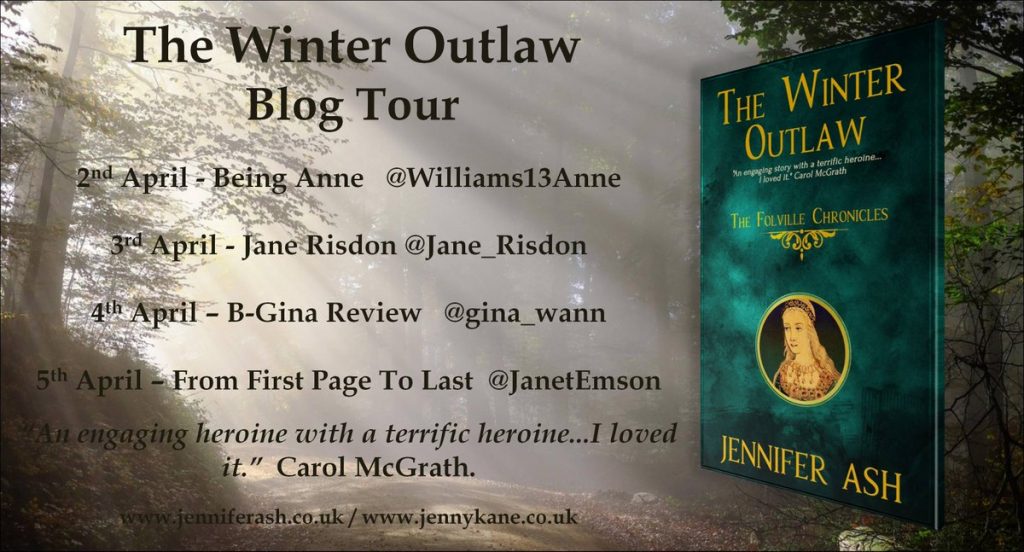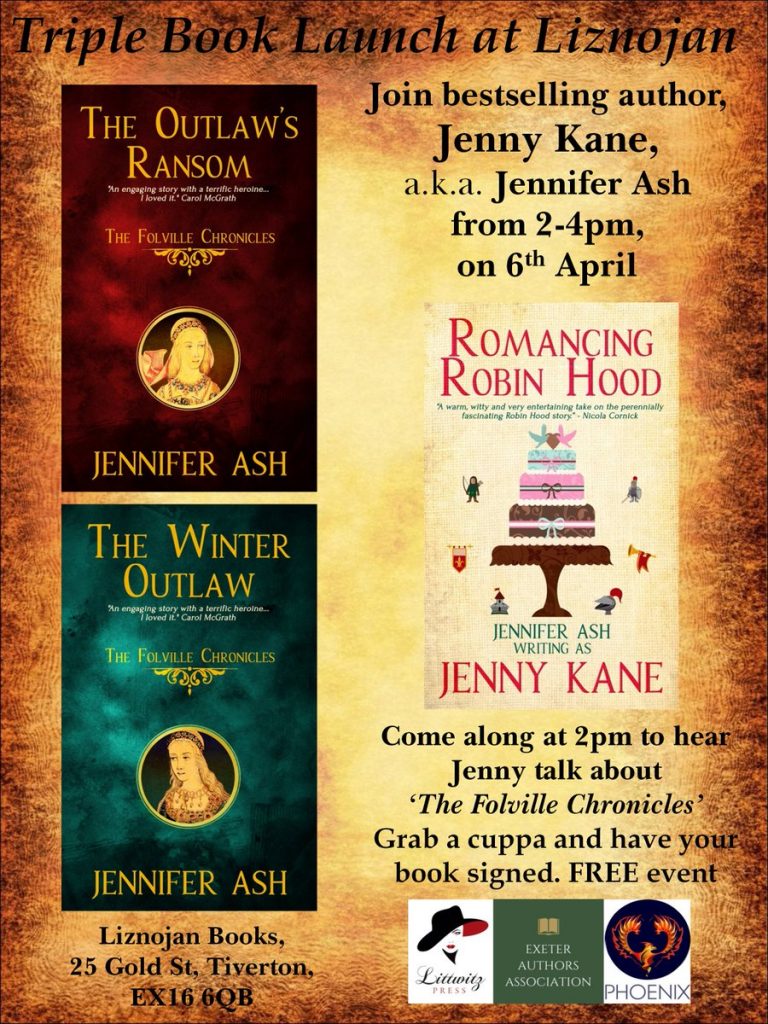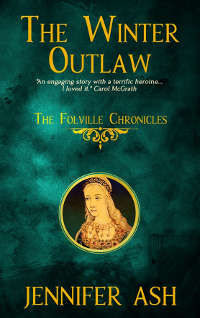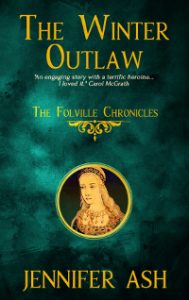Today I’m delighted to welcome back Tom Williams to my site to talk about…well…sex actually.
Over to you Tom…
With The White Rajah having just been republished by Endeavour, I find myself thinking once again about sex. As you do.
The thing is that there is a bit of sex in The White Rajah. Hardly any. Rather less than the average romance these days and almost certainly less than today’s Daily Telegraph. It’s all very sweet, and very consensual, because although The White Rajah tells the true story of James Brooke – the man who Conrad based Lord Jim on – and it features pirates and battles and Victorian politics, there is at its heart a love story. And [spoiler alert] there are no female characters.
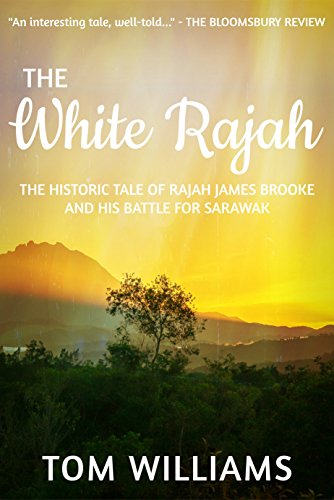
It turns out that there are people who still get quite agitated about this. Who knew?
Sex in books, it seems, is still a pretty contentious issue. Back in the days of obscenity trials, it was clear what you could and couldn’t write about when it came to sex. Lady Chatterley’s Lover is possibly the most famous example, but other books to run foul of the UK censor included Ulysses, Lolita, The Well of Loneliness, and Tropic of Cancer. Nowadays, though, we (or at least all the nice liberal London folk and the sort of people who read blogs like this) like to mock gently at the poor repressed darlings of yesteryear. Today writers can write, and readers read, pretty much whatever they want to.
Well, as Evelyn Waugh’s Mr Salter might say, ‘Up to a point, Lord Copper.’ For while my literary friends are happy to explore the “thematic explorations of the relationship between surrender and freedom, the nature and demands of love, and the spiritual aspects of sexual desire” in Pauline Reage’s Story of O (thank you Book Rags Study Guides for that gem), there are other readers out there who see the world rather differently. This is from an Amazon review of Leslie Thomas’s The Secret Army:
But we also see a country overflowing with sexual immorality. Yes, s£x [sic] did and does take place, but open oral s£x in streets or respectable married women regularly having multiple partners, even being passed from person to person? Perhaps, but surely very rarely, and not anywhere else as a regular occurrence except in Mr Thomas’ mind, I expect.
The question of how much sex is too much (or too little) is, apparently, a constant concern of publishers. One author I know, whose ‘erotic’ novella seems pretty tame, told me that her publisher had asked her to hold back on the kink, while another, writing a straightforward romance, was apparently told to include more explicit sex.
Adding homosexuality into the picture and some Amazon reviewers are ready to condemn The White Rajah out of hand:
Pity that such an excellent story should be ruined by the sexual obsessions of the author.
I think Tom Williams spoiled a great yarn by introducing a ‘gay’ element into a well known and loved adventure.
At the same time, several reviewers on other sites have complained that I shy away from explicit details. (Apparently I’m not nearly obsessed enough.)
The one disappointment I had, and why I give it three stars rather than four, is that the relationship between the narrator and Brooke is related in very timid detail. [Goodreads review]
Nowadays the notion that characters don’t have sex and that their bedroom activities don’t affect their broader relationship is simply silly. But how much detail do we need? Even well-known ‘mainstream’ authors often seem to feel the need to describe their heroine’s enthusiastic response to the hero’s thrusting organ, though I would have thought most of us could imagine it for ourselves. At the other extreme, though, we have books that avoid explicit sex but replace it with childish innuendo that I would think many adult readers find much more embarrassing. (I’m naming no names, but I have at least one mega best-seller in mind.)
Obviously, some writers are seeking to shock or excite and, for them, this isn’t a problem. But what about romantic fiction? What about old-fashioned adventure stories? What about literary efforts like Julian Barnes’ dreary Sense of an Ending with its sad little paragraph about masturbation. (Uck!) I was going to say that it was a problem for everyone except children’s writers, but in the age of Heather Has Two Mommies, sensible children’s authors are questioning whether ignoring sex in books for children and young adults is really a good idea.
So: close the bedroom door and leave everything to the imagination? Or bring on the whips and chains and explain exactly what she means when she says that she loves him to death? I’m guessing most of us will go for somewhere in between. But where? I have a friend who was astonished by Fifty Shades because she had never imagined such things. Other friends would regard an evening with the eponymous Christian as a bit on the dull side. How can any author write a book with real characters with real lives that can satisfy all their readers without shocking any of them? And is it even worth trying?
Frankly, I’ve given up worrying about it. If a book with a gay hero is going to horrify you, I recommend my Burke series with a rather aggressively heterosexual bloke having his way with a whole series of women. (I can hear some people tutting, but he was a real person and must have possessed extraordinary charm or stamina or both.) But if you can bear the idea that one of the great heroes of Victorian Britain was almost certainly gay, then read The White Rajah, enjoy the pirates and the politics and share Brooke’s love of Borneo and its people and let the sex look after itself. It generally does.
***
Buy Link-
https://www.amazon.co.uk/White-Rajah-Historical-Brooke-Williamson-ebook/dp/B079VK7V34
***
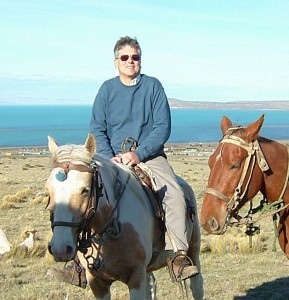
Bio
Have you ever noticed how many authors are described as ‘reclusive’? I have a lot of sympathy for them. My feeling is that authors generally like to hide at home with their laptops or their quill pens and write stuff. If they enjoyed being in the public eye, they’d be stand-up comics or pop stars.
Nowadays, though, writers are told that their audiences want to be able to relate to them as people. I’m not entirely sure about that. If you knew me, you might not want to relate to me at all. But here in hyperspace I apparently have to tell you that I’m young and good looking and live somewhere exciting with a beautiful partner, a son who is a brain surgeon and a daughter who is a swimwear model. Then you’ll buy my book.
Unfortunately, that’s not quite true. I’m older than you can possibly imagine. (Certainly older than I ever imagined until I suddenly woke up and realised that age had snuck up on me.) I live in Richmond, which is nice and on the outskirts of London which is a truly amazing city to live in. My wife is beautiful but, more importantly, she’s a lawyer, which is handy because a household with a writer in it always needs someone who can earn decent money. My son has left home and we never got round to the daughter.
We did have a ferret, which I thought would be an appropriately writer sort of thing to have around but he eventually got even older than me (in ferret years) and died. I’d try to say something snappy and amusing about that but we loved that ferret and snappy and amusing doesn’t quite cut it.
I street skate and ski and can dance a mean Argentine tango. I’ve spent a lot of my life writing very boring things for money (unless you’re in Customer Care, in which case ‘Dealing With Customer Complaints’ is really, really interesting). Now I’m writing for fun.
If you all buy my books, I’ll be able to finish the next ones and I’ll never have to write for the insurance industry again and that will be a good thing, yes? So you’ll not only get to read a brilliant novel but your karmic balance will move rapidly into credit.
Can I go back to being reclusive now?
***
Many thanks Tom.
An interesting perspective- and I for one, outside of erotica, agree with the sentiment that sex can get on with itself very well. Of course within erotica (and I do not count Fifty Shades as part of that genre), the attention to – shall we say ‘detail’- has to be more thorough!
Happy reading,
Jenny
